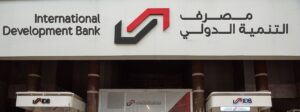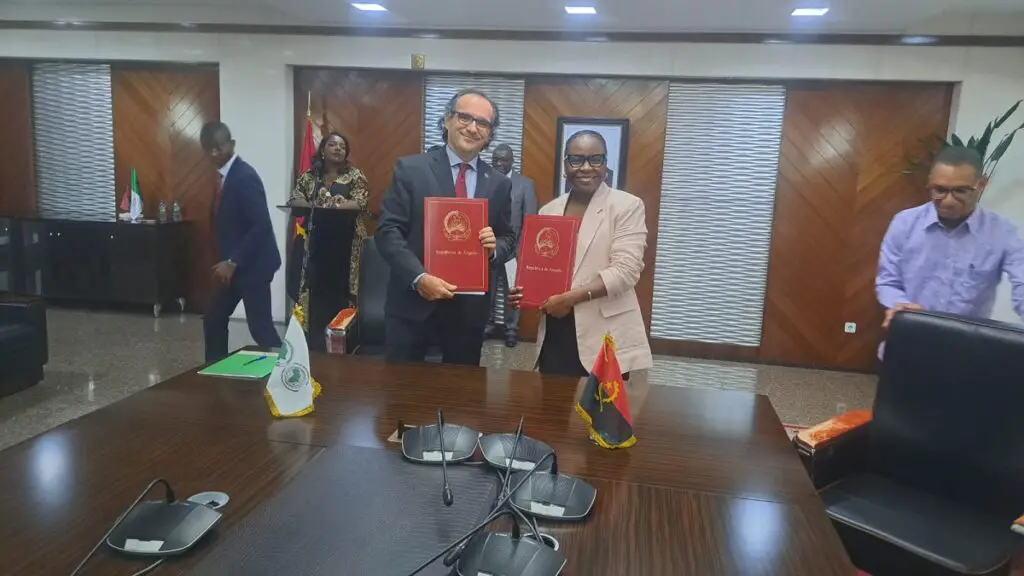- Angola will receive $75M from the AfDB and $49.4M from Africa Growing Together Fund. Financing will help improve access to climate-resilient and sustainable sanitation services in four coastal towns.
- The Coastal Towns Inclusive Sanitation Project is part of the Angolan government’s efforts to improve water and sanitation in line with its Vision 2050.
- The towns in the project area include Benguela, Baía Farta, Catumbela, and Lobito, with a total population of 1.4 million.
Angola will receive $124.4 million through two loan agreements to enhance the nation’s access to water, hygiene, and sanitation services. These agreements cover a $75 million loan from the African Development Bank and an additional $49.4 million from the Africa Growing Together Fund (AGTF).
The agreements were signed in Luanda, Angola, with the participation of Angolan Finance Minister Vera Daves de Sousa and African Development Bank Country Manager Pietro Toigo. This financing will enhance climate-resilient sanitation services in four coastal towns with a total population of 1.4 million. The towns include Benguela, Baía Farta, Catumbela, and Lobito.
The Africa Growing Together Fund, a $2 billion facility sponsored by the People’s Bank of China and administered by the AfDB, supports this initiative. Moreover, it aligns with Angola’s goal, as outlined in Vision 2050, to improve nationwide water and sanitation services.
Read Also: ATI, Deutsche Bank close $305M financing for Angola road project
Improving Angola’s access to sanitation
Access to sanitation services is crucial to meeting the health demands of Angola’s rising population, increasing urbanization, and socioeconomic development. As such, the project area where the towns are located is an important economic and logistics hub. Population around the towns expect to improve health and socioeconomic well-being once implemented.
“We are delighted to be launching an innovative integrated project that combines elements of infrastructure investment, support to private sector operators; community-led sanitation, and governance to improve the sustainability of public utilities,” African Development Bank Country Manager for Angola, Pietro Toigo noted.
In addition to addressing critical sanitation issues, the project will include the construction of sewage reticulations, wastewater and fecal sludge treatment plants, improving sanitation value chains, and capacity building.
These initiatives align perfectly with the Government’s vision of a healthier and more sustainable future and the Sustainable Development Goals.
“The Government of Angola took a momentous step forward to promote clean and hygienic living conditions for communities in the four coastal towns,” Toigo said. He further noted that the project would provide valuable lessons and experience, drive changes in the sector, and expand similar initiatives across the country.
Angola’s sanitation woes
Despite recent government investments in water and sanitation infrastructure, sustainable access to improved facilities remains challenging in Angola. USAID reports that 49.3 per cent of the population lacks clean drinking water. What’s more, 54.7 per cent lack adequate sanitation, while 68.6 per cent have no on-site hand-washing facilities. With a three per cent annual population growth rate, these issues could worsen without intervention.
The strained access to water and sanitation services has posed a high risk to the majority of Angolans who face a high risk of exposure to waterborne illnesses, further burdening the nation’s existing healthcare infrastructure, worsening malnutrition, and negatively impacting the economy.
Moreover, the southern regions of Angola are currently experiencing a prolonged drought, which has gravely impacted the nation’s health, sanitation, water access as well and education services. More than 1.2 million Angolans face water scarcity due to the drought.
Prolonged drought in Angola
Angola is currently facing the worst drought on record in 40 years. The World Bank places the economic impact of the drought at $749 million dollars. Additionally, Angola has struggled with an economic crisis since 2014 marked by increasing food prices, the COVID-19 pandemic, and poor harvests.
The country has been suffering from consecutive years of below-average rainfall deficits, negatively affecting agricultural yields and pastoral activities.
A report published by the International Federation of Red Cross and Red Crescent Societies (IFRC) showed that an estimated 1.2 million people are facing water scarcity and will have their water sanitation and hygiene conditions compromised as many water points have dried up, and others are not working.
The report further indicates that in some villages, over 60 per cent of the population consumes water from unsafe sources, and over 90 per cent do not have access to latrines.
Access to drinking water is a major constraint in rural areas in Angola. A recent drought made the situation worse, escalating water prices. Unless it is checked, water-borne diseases will continue accentuating malnutrition, leading to severe situations, especially among children.
The water availability index predictions show that the bottleneck of the current drought years, as well as the vast variability in water resources in the southern provinces, will continue in the future, with decreases of over 50 per cent possible for South Coast Provinces.




